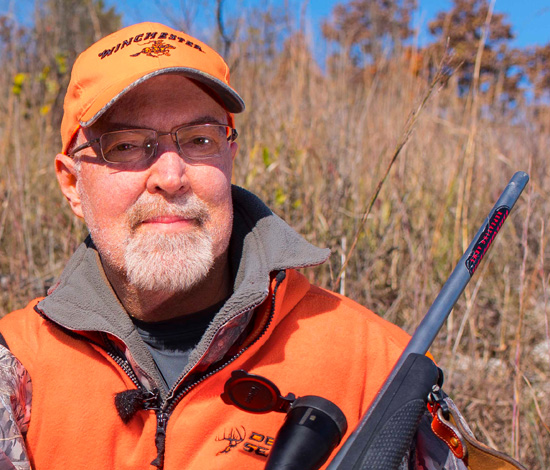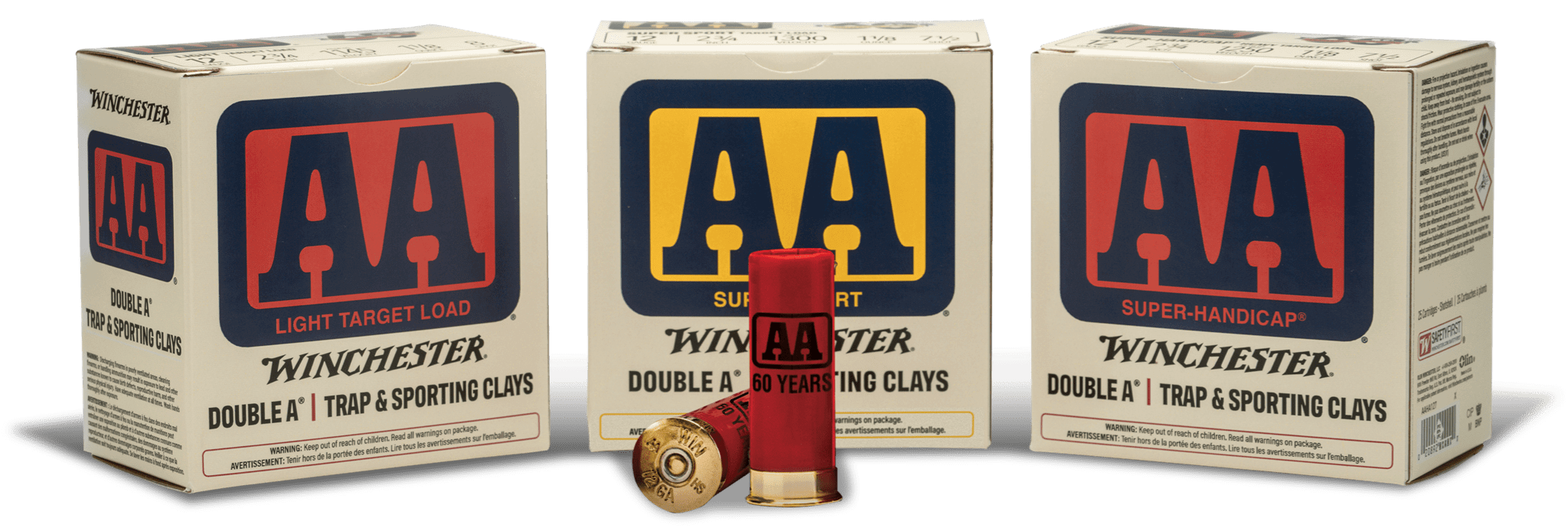Late Season Scrapes by Grant Woods
Do you hunt scrapes during the late season? You might after watching this video! This scrape is located on a narrow ridge top that connects a feeding and bedding area. Several deer use this ridge top as a travel corridor during the late season.
Female fawns often reach puberty and become receptive if they reach 70 pounds by late winter. Fawns tend to travel the same routes daily. The combination of receptive female fawns and a limited number of quality food sources available during the late season makes finding active scrapes this time of year relatively easy. Bucks will be seeking these receptive fawns and will often tend scrapes along the routes female fawns are traveling.
Preventing cookies from being stored on your device may interfere with your ability to view video content.
You can adjust your cookie setting by clicking the button below.
It’s important to realize that scrapes that were active during November may not be the most productive to hunt during the late season due to changes in food sources and deer travel routes. It may be time well spent to scout for preferred food sources during the late season and the travel routes deer use to access them.
Active scrapes along these travel routes are often better stand locations than the food resources themselves as mature bucks are often so pressured by the late season that they only frequent feeding areas after dark. Hunting scrapes during the late season can be an excellent technique to see mature bucks during daylight hours.
Growing and Hunting Deer together,
Grant




